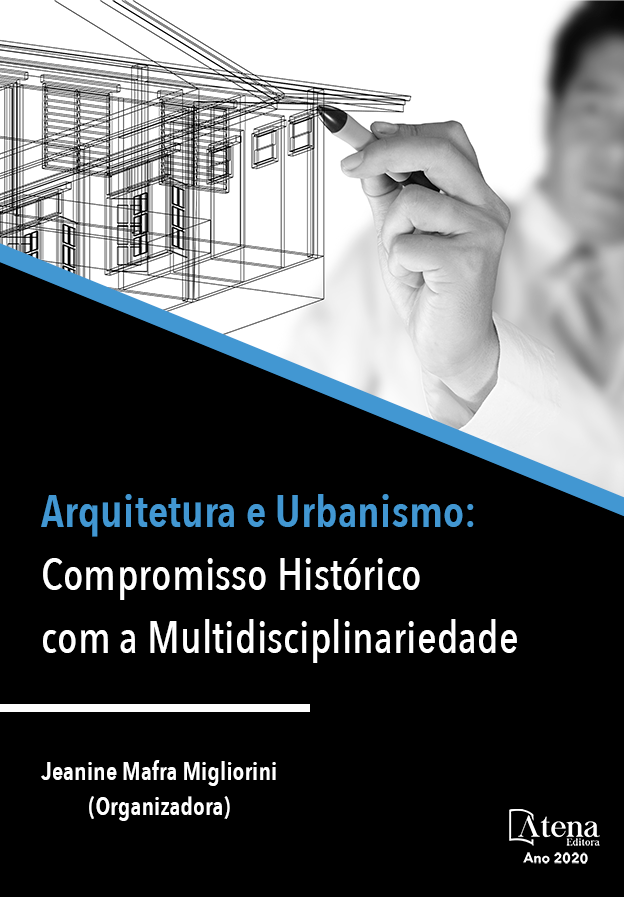
PORTO DO CIMENTO: O BERÇO DE BOA VISTA DESCARACTERIZADO PELA GESTÃO PÚBLICA – RORAIMA, BRASIL
Este estudo questiona se intervenções arquitetônicas e urbanísticas contemporâneas em sítio histórico de Boa Vista- RR, para fins turísticos, impactaram na conservação de patrimônios culturais do entorno, sob a perspectiva da comunidade local. Aplicou-se entrevistas semiestruturadas abrangendo a relação da categoria percepção ambiental e patrimônio. Foram entrevistados descendentes, matriarcas e patriarcas, de famílias tradicionais e pioneiras dessa cidade em função da vivência e do conhecimento histórico-cultural dessas pessoas nesse espaço. Os entrevistados destacaram que em 1944 o porto fluvial passou a ser chamado de Porto do Cimento devido à construção de uma rampa de concreto, que ligava a margem do rio com a cidade. Esse porto, além de ser a principal via de abastecimento da população, atracava embarcações com personalidades públicas e servia de palco para manifestações culturais. As utilizações do porto foram sendo dispensadas devido à construção de estradas e do aeroporto como às novas vias de abastecimento. De acordo com os entrevistados a principal intervenção foi a implantação de uma das plataformas da Orla Taumanan (2005), aprovado e financiado pelo poder público municipal. Os entrevistados relataram o desaparecimento do Porto do Cimento, monumento localizado no sítio histórico que teve importante contribuição para desenvolvimento local por décadas, Este fato foi retratado com tristeza e nostalgia, pois devido ao valor histórico e cultural a qual pertencia o monumento. Diante disso, a ineficiência das políticas públicas de conservação e preservação ocasionou o desaparecimento de outros monumentos para “modernizar” o sítio histórico e promover o turismo. Este causo vivenciado pela população faz refletir que seja necessária a reformulação/aplicação das legislações existentes de tombamento para que os demais elementos culturais remanescentes sejam vistos como atrativo do turismo e não empecilhos, consequentemente, mantendo-se conservados para as próximas gerações.
PORTO DO CIMENTO: O BERÇO DE BOA VISTA DESCARACTERIZADO PELA GESTÃO PÚBLICA – RORAIMA, BRASIL
-
DOI: 10.22533/at.ed.76420081012
-
Palavras-chave: Intervenções urbanísticas, Turismo, Políticas públicas, Sítio histórico, Patrimônio.
-
Keywords: Urban interventions, Tourism, Public policies, Historical site, Heritage.
-
Abstract:
This study questions whether contemporary architectural and urban interventions in a historical site in Boa Vista-RR, for tourism purposes, impacted the conservation of cultural heritage in the surroundings, from the perspective of the local community. Semi-structured interviews were applied, covering the list of the category environmental perception and heritage. Descendants, matriarchs and patriarchs, from traditional and pioneer families in this city were interviewed due to the experience and historical-cultural knowledge of these people in this space. Respondents pointed out that in 1944 the river port came to be called Porto do Cimento due to the construction of a concrete ramp, which connected the river bank with the city. This port, in addition to being the main route of supply for the population, moored vessels with public personalities and served as a stage for cultural events. The use of the port was discontinued due to the construction of roads and the airport as well as new supply routes. According to the interviewees, the main intervention was the implementation of one of the platforms of Orla Taumanan (2005), approved and financed by the municipal government. Respondents reported the disappearance of Porto do Cimento, a monument located on the historic site that had an important contribution to local development for decades. This fact was portrayed with sadness and nostalgia, because of the historical and cultural value to which the monument belonged. In view of this, the inefficiency of public policies for conservation and preservation has caused the disappearance of other monuments to "modernize" the historic site and promote tourism. This story experienced by the population reflects that it is necessary to reformulate / apply the existing legislation of overturning so that the remaining cultural elements are seen as attractive to tourism and not impediments, consequently, remaining conserved for the next generations.
-
Número de páginas: 14
- GEORGIA PATRICIA DA SILVA FERKO
- GRACIETE GUERRA DA COSTA
- JEFFERSON EDUARDO DA SILVA MORALES


